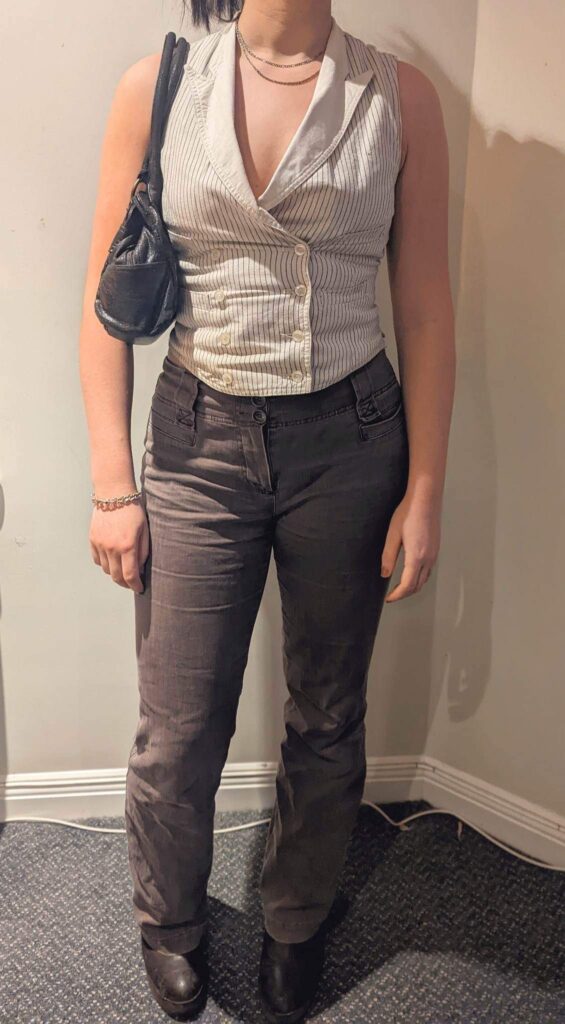In the past, clothes shopping used to be a special event. It was restricted to something we mostly did when we no longer fit in what we had, or the seasons changed. However, around 25 years ago, this trend changed.
Fast fashion is a business model which involves copying and mass-producing catwalk/fashion trends. This usually happens very quickly as it aims to make products available while demand is still high. Unfortunately, this usually means that clothes are cheaply made and so are thrown away after a few wears. Furthermore, the production of these clothes often has serious social and environmental consequences including the over abstraction and pollution of water sources and the exploitation of workers.
We have put together a few simple tips to stay in style in a more eco-friendly way.
- Be more informed.
Before you buy something do some background research about the brand’s social and environmental values. This will help you to understand the story behind your purchase and make an informed decision about whether you would like to buy it or not. Sites such as Good on You or the Fashion Transparency Index make finding this information super simple and help you to avoid any greenwashing.
- Change your attitude to shopping.
Only take to the shops when there is something you need rather than as a way to pass time. This will stop you buying things you don’t need and creating unnecessary waste when they are discarded. Try taking up an alternative hobby such as crocheting or knitting. The results are much more satisfying and better for your wallet too!
- Invest in a Capsule Wardrobe.
The fast fashion industry is designed to make you feel ‘out of trend’ after a few short weeks. While previously many brands had 4 fashion ’seasons’, many now have 52 ‘micro-seasons’, bringing out new styles every week. This means that it can be difficult to stay up to date with current trends and clothes are quickly disregarded by consumers after a few short wears. We recommend instead investing in a capsule wardrobe. This involves buying some timeless pieces including coats, jackets and t-shirts which you can re-wear throughout the seasons. This will not only help the environment but save you money too! Check out this link for how to create your own capsule wardrobe.
- Look after your Clothes.
Looking after your clothes is one of the best ways to make sure your garments look great for as long as possible. Make sure you read the care label and only tumble dry if necessary. We also recommend trying to repair your broken items before buying new. Not only will this increase the life of your clothes but also gives you the opportunity to explore your creative side!
- Buy Second-Hand
Vintage or second-hand shopping has hugely increased in popularity in the last few years and you can certainly see why! Buying clothes second-hand keeps them in circulation for longer, thereby saving them from entering landfill. It can also help save you money and enables you to create your own unique style! Check out Depop and Vinted or some of the great charity and vintage shops we have in Newcastle for some great second-hand finds!

- Rent your Outfit
Got a big event coming up but don’t want to buy something you will only wear once? Why not rent an outfit! There are plenty of websites you can rent an outfit for an occasion and return it as soon as your event is over.
Top Tip: Only order what you’ll wear! Some websites will not refund you if you don’t wear the item and will give you store credit instead. This is great if you want to hire clothes in the future s but works out expensive if it’s just a one off!
Know any more sustainable fashion tips? Let us know your favourite in the comments below!

http://www.chaiblogs.com
This is really nice and beneficial content a reader can expect. And as a fellow blogger, I would like to explore more of this content. My website called ChaiBlogs, contains lifestyle tips, fashion (styling) tips, and many more. Hence if you are looking any content like this then do visit my website and share your feedback!
Thrift stores
Wardrobe
fashion trends
color combinations
indoor plants
skin care